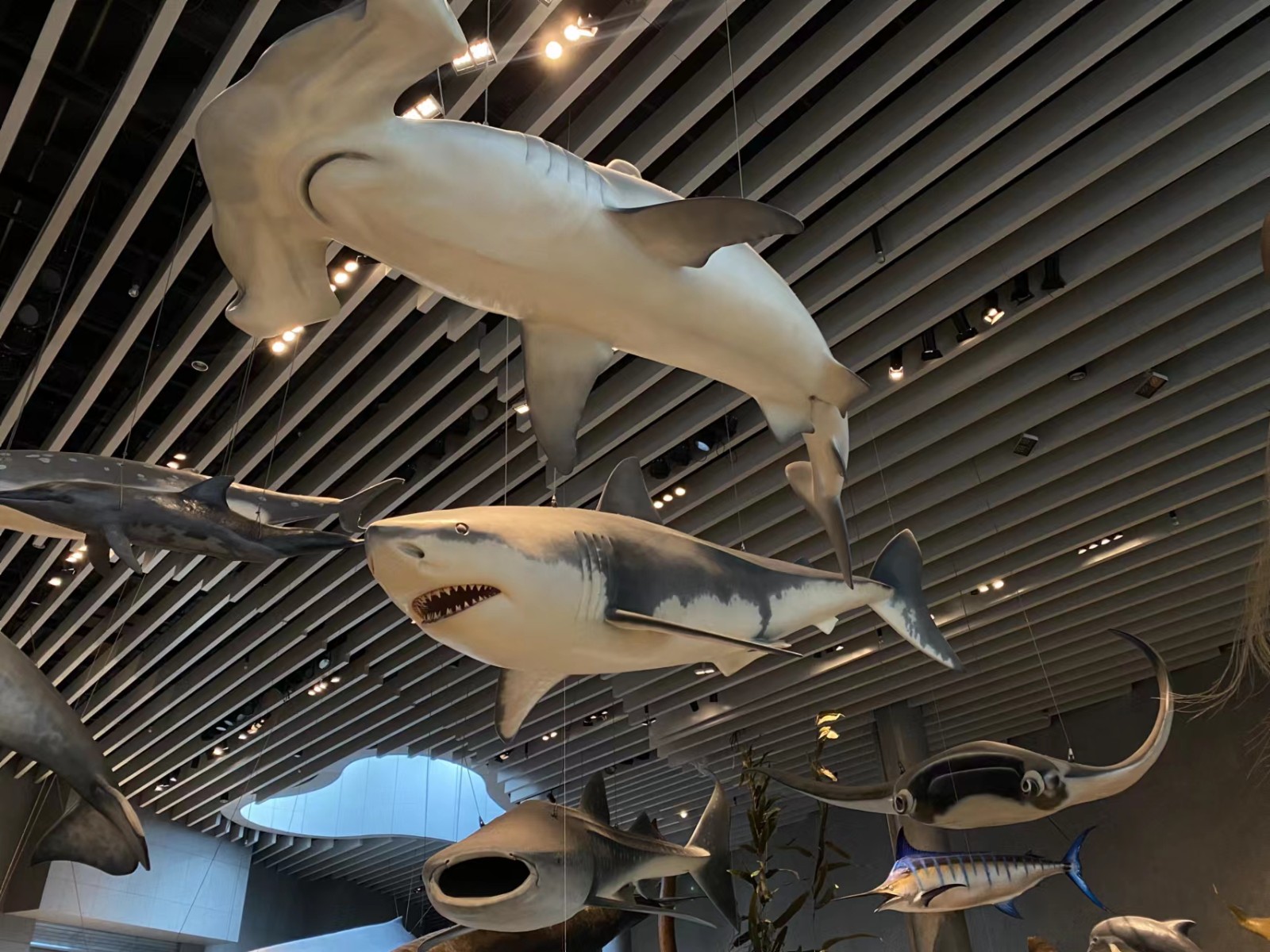When Science Popularizes and Short Videos Encounter: The Creative Secrets of Millions of Traffic

Last year, the State Council promulgated the Outline of the Action Plan for the Scientific Literacy of the Whole People (2021-2035), which emphasized that the innovation and promotion of various elements concerning science popularization, including contents, forms, and means, shall be promoted with deepening the supply-side structural reform as the core. Since the outbreak of the COVID-19 pandemic, the Shanghai Natural History Museum (Branch of Shanghai Science and Technology Museum) has actively explored a new mode of online science popularization, launching the Snail Talk & I'll answer Series of short videos on science popularization. On July 19, 2022, Shanghai Natural History Museum released an original short video titled Why Cannot Great White Sharks Be Cultured Artificially? on the Douyin platform, which gained a total of 2.627 million views in just one week after it was launched.
In this one-and-a-half-minute short video, the staff from the Exhibition and Education Center of Shanghai Natural History Museum, as the anchor of science popularization, vividly narrated the reason why the great white shark cannot be artificially cultured from three aspects, including its unique breathing style, living habits, and food-related requirements. With the corresponding video clips, emoticons, words, etc., the staff responsible for the explanation made the originally obscure and incomprehensible scientific knowledge vivid. Admittedly, this intuitive, concise and scene-based short video presentation opened a new window for science popularization venues to answer questions and remove doubts to the public, thus making it easier for the public to understand the specific content.
Since the launch of the first issue of the program, the team has been adjusting the delivery strategy and content selection, hoping to attract young people interested in science popularization content by combining content with high-profile events. To this end, in combination with the characteristic exhibits and resources of the Shanghai Natural History Museum, they firstly selected natural science issues and hot topics of public interest. Furthermore, focusing on one or two key points, the team members participated in the actual shooting process and were responsible for the post-editing, and conducted scientific popularization to the public with down-to-earth language style and rich video images, with a view to making the scientific knowledge deeply rooted among the people.
To return to the point, what are the creative secrets of science-popularization short videos with millions of traffic? In the view of the creators, the whole production process, including topic selection planning, copywriting, shooting, editing, etc., essentially emphasized efficient output to ensure the timeliness of hot topics. For example, the foregoing short video related to great white shark, which was "favored" by traffic, took only two days from the confirmation of script, shooting and editing to the video release. Besides, during the process of editing short videos, some video clips should not be too lengthy. Also, the transition rhythm of the picture needed to be handled more skillfully, which could not be too fast or too placid. Only in this way could the produced video be more in line with the characteristics of the platform and audience.
The rise of science-popularization short videos has endowed the development of science popularization venues with a new possibility. In the future, Shanghai Natural History Museum will further use digital technology to innovate the way of science popularization, create high-quality content, and promote the popularization of scientific knowledge, thereby spreading scientific ideas and propagating scientific spirit as well as continuously promoting the improvement of citizens' scientific literacy.






